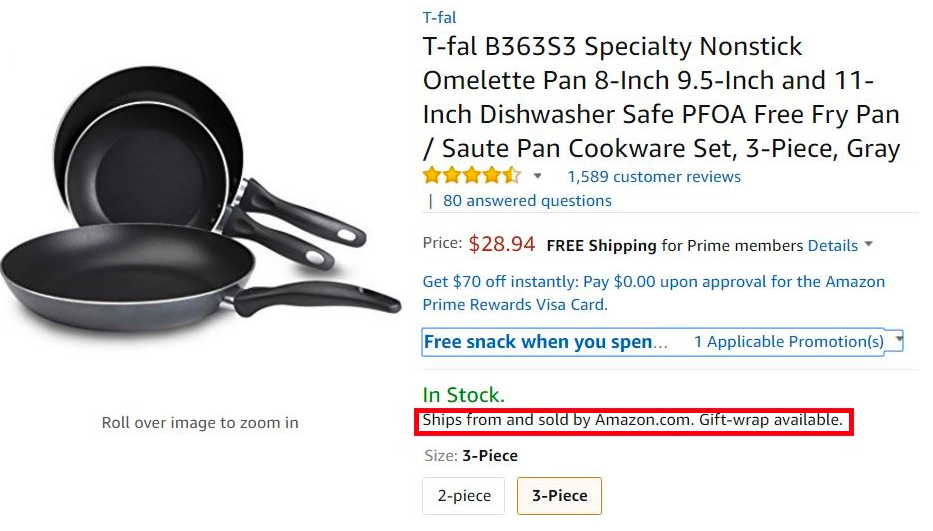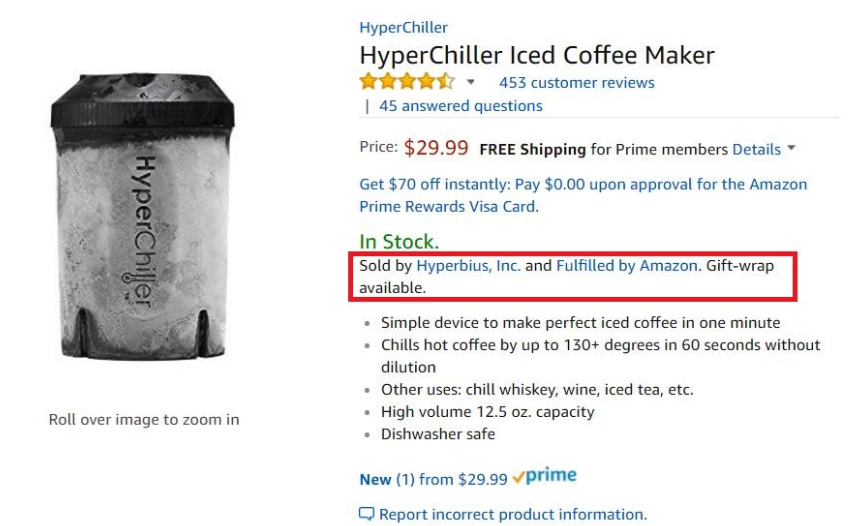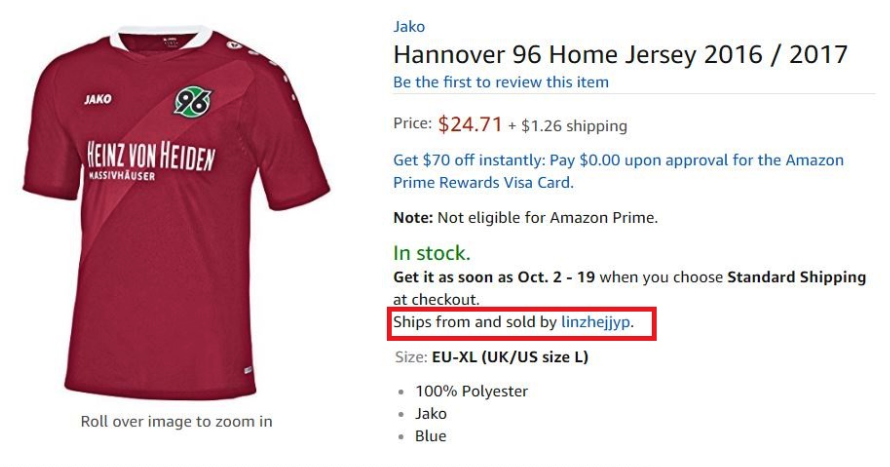So you have decided you want to expand your business. Maybe you have a small brick-and-mortar store and you want to expand your footprint and attempt to tap into a larger market. Maybe you don’t even have a brick-and-mortar store and raising capital to open one is your biggest barrier to even getting your product up and selling. That is the beauty of e-commerce and online marketplace. If you have what the buyer wants and you can ship it to them in a quick manner you too can enter the online marketplace. They don’t pass judgment based on the condition of your store, they just buy your product. It is truly egalitarian, you have what they need and they need it on time, the rest is just details. However, a lot of beginning sellers aren’t aware that there are a few different categories of sellers. There are 1st, 2nd, and 3rd party sellers (1P, 2P, 3P) that sell on Amazon. Hopefully, the following information will provide you with some insight into those categories and help you select what type of seller you would like to be.
1st Party (1P)
You are selling directly to Walmart, eBay, Amazon, or other marketplaces. They buy the product from you, store them in their own warehouses, and ship it for you. Basically, you have established a relationship with a marketplace (Walmart, Amazon, etc.) and they want access to your product before anyone else has the chance. You are selling TO them and not THROUGH them. Your product is the next new fidget spinner that removes tough-to-get-out stains and they see the value in that product and they want exclusivity. This is great news for you but it also has its pitfalls. If the public recognizes the value of your product they will buy it from the marketplace and in turn, the marketplace needs to restock and keep buying your product. This is a great relationship and very lucrative if it takes hold. The downside is that you lose control of branding and pricing on the e-commerce marketplace. Also, you are selling your product at wholesale and missing out on the added income from selling retail. You will also notice that when people buy your products the highlighted information is what they will see. It is your brand, but the marketplace is taking a little bit of ownership:

2nd Party (2P)
This is the type of seller who relies on the FBA (Fulfilled By Amazon) to get their products shipped. You own your product and likely manufacture it (or have a partner who does). Your products are in Amazon warehouses and when an order comes in, the Amazon fulfillment centers ship out the product to complete the order. You are selling THROUGH the marketplace. You retain full control of their branding but the marketplaces will charge you for their sales. The marketplaces fee is a flat rate, percentage, or by referral. This is a wonderful option for the users who want to enter the marketplace but they don’t have the brick-and-mortar option. Again, maybe you didn’t have the capital to start up and you see this as an opportunity. It could also be that you don’t have the storage area to keep and fulfill all of the orders that come through. Send bulk of items to the marketplace and they will fulfill for you. This of course comes with a cost, but convenience is not to be expected without a fee of some sort. When you sell your items as a 2nd party seller your products will appear like this on the website:

3rd Party (3P)
FBM (Fulfilled By Merchant) sellers are the 3rd party sellers. You own your product and don’t rely on the marketplace to promote it. It is displayed online and when an order comes in you have the item on hand and you fulfill it. You and the 2nd party seller share a lot of similarities. You however have decided to forgo assistance from the marketplace in fulfilling orders and are taking a direct hands-on approach. When your products are up on the marketplace they will show you have complete ownership and control of the product:

Please keep in mind that considering what type of seller you want to be doesn’t lock you into that group for life. There are many users who sell on a hybrid model who started out in one group and saw the benefits of selling with a hybrid model to help increase traffic and their own footprint. We hope that it cleared up the differences between 1P, 2P, and 3P. If you have any further questions regarding selling online and integrating with any marketplace please feel free to ask in our support chat or write us an email.